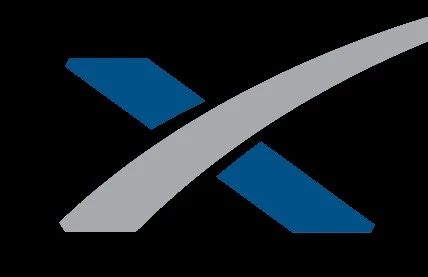Paywalled, sorry!
"The test flight on Saturday from SpaceX’s facility in South Texas showed significant improvements over the first one in April. In the months after that flight, SpaceX installed a water suppression system designed to preserve the pad by dampening vibrations from the booster’s 33 Raptor engines. It seemed to work, and after Saturday’s flight, Musk wrote that he had “inspected the Starship launchpad, and it is in great condition! No refurbishment needed to the water-cooled steel plate for next launch.”
The flight also went much better. The spacecraft reached space this time, flying to an altitude of 93 miles, well above the 24 miles it hit last time. All 33 of the booster’s engines ignited; last time six failed. It made it through the point where the booster and spacecraft separate, which it did not last time. And the onboard flight termination system, designed to destroy the rocket if it veers off course, appears to have worked in a timely manner. Last time, there was a delay of about 40 seconds.
For all those reasons, “the situation is much more promising,” said George Nield, the former head of the FAA’s Office of Commercial Space Transportation. The question now is: “Did we learn whether something needs to be changed, fixed, replaced or modified?” he said. “And do any of those things have to do with public safety?”"
deleted by creator
There’s still time to get to orbit before Vulcan!
If Vulcan’s current date (Christmas Eve) holds, I think it is highly unlikely that we see another Starship launch first. However, if the Vulcan launch date slips for any reason, who knows?
It would be great if you were wrong on the first point, but I’m not getting my hopes up too high this time.
They might have the approval but likely they may take some time going thru all the data. There may also be physical modifications they will want to implement. I have confidence they will carry these changes out fast but the delays may come from SpaceX aiming for the next milestone and not regulatory requirements.
No. Fuck no. I really am thinking if you’re not sarcastic, you’re a sucker.
This is the best summary I could come up with:
But there is reason to believe it won’t have to wait seven months before it is permitted to again test the vehicle NASA is counting on to return its astronauts to the surface of the moon under its Artemis program, according to industry and former FAA officials.
But the FAA also is stretched thin, which could add to a delay, he said, as the commercial space industry continues to grow and put demands on the agency it didn’t have just a few years ago.
Wayne Monteith, who also served as the head of the Office of Commercial Space Transportation, agreed that it would likely be a relatively quick review, saying it could be “weeks, not months, depending on what the data shows” before SpaceX can fly Starship again.
If SpaceX is able to quickly determine what triggered the flight termination system, which destroyed the second stage spacecraft after it separated from the booster, as well as confirm that the debris fell where it was expected to in the case of a failure “this should be relatively straight forward,” Monteith said.
After it lost a Falcon 9 rocket on a cargo resupply mission to the International Space Station for NASA in 2015, SpaceX flew six months later — and pulled off the first landing of its booster.
“I would hope the Biden administration takes note of what is at stake here and push the FAA to not drag its feet with the next launch license,” said Todd Harrison, a nonresident senior associate at the Center for Strategic and International Studies, a Washington think tank.
The original article contains 1,139 words, the summary contains 263 words. Saved 77%. I’m a bot and I’m open source!
I bet this has to do with the Chinese having their own heavy rocket program now


